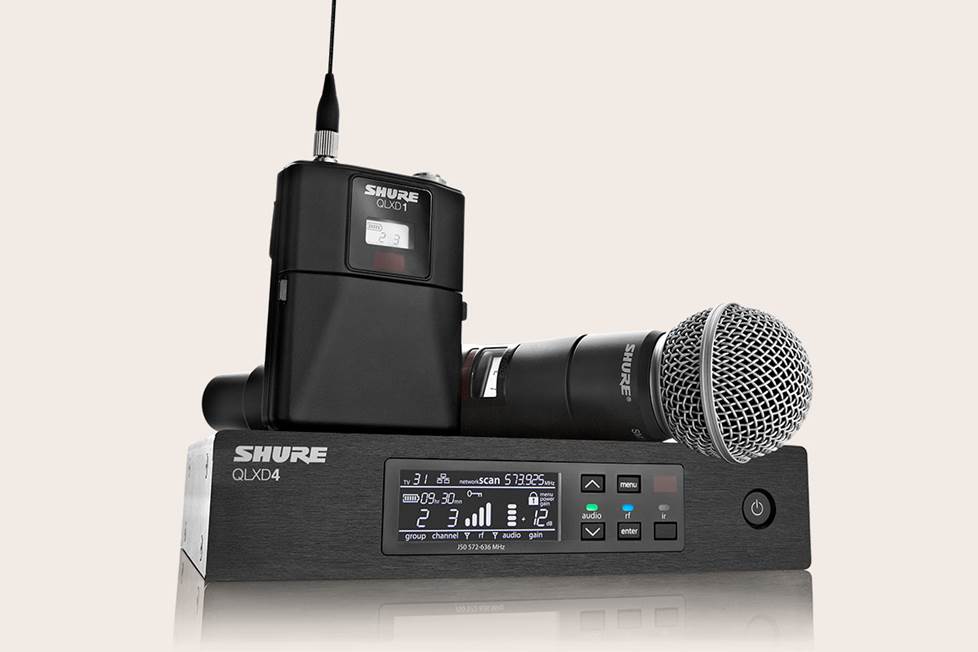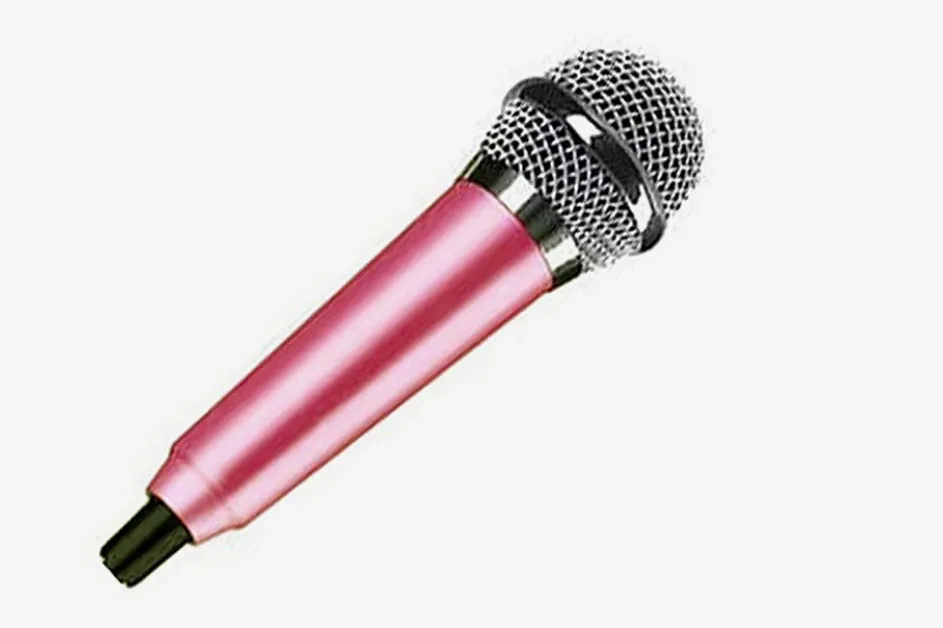Selecting an appropriate wireless microphone system is essential for ensuring a successful event. Whether it’s for a corporate conference, a live performance, or a private ceremony, audio clarity and reliability are paramount. With numerous systems on the market, it can be tricky to determine which setup best aligns with your event needs. This article guides you through critical factors and options to consider when making an informed choice.
Understanding the Basics of Wireless Systems
Frequency Selection and Reliability
Wireless microphones operate by transmitting audio signals over radio frequencies. Choosing a system that offers a stable frequency band minimizes the risk of interference from other devices. Look for systems with diversity receivers that toggle between two antennas to pick up the strongest signal. Additionally, microphones that provide frequency scanning capabilities can save considerable setup time by automatically selecting clear channels.
Assessing Range and Environment
Analyzing the event space is crucial before deciding on a wireless microphone system. Systems differ in their range and ability to perform in various environments. Factors like walls, metal structures, and audience interference can impact signal strength. For larger venues, a system with an extensive range and robust signal stability will maintain a clear connection between the transmitter and receiver. Conversely, in smaller settings, considering a system that avoids over-saturation of the signal can be equally important.
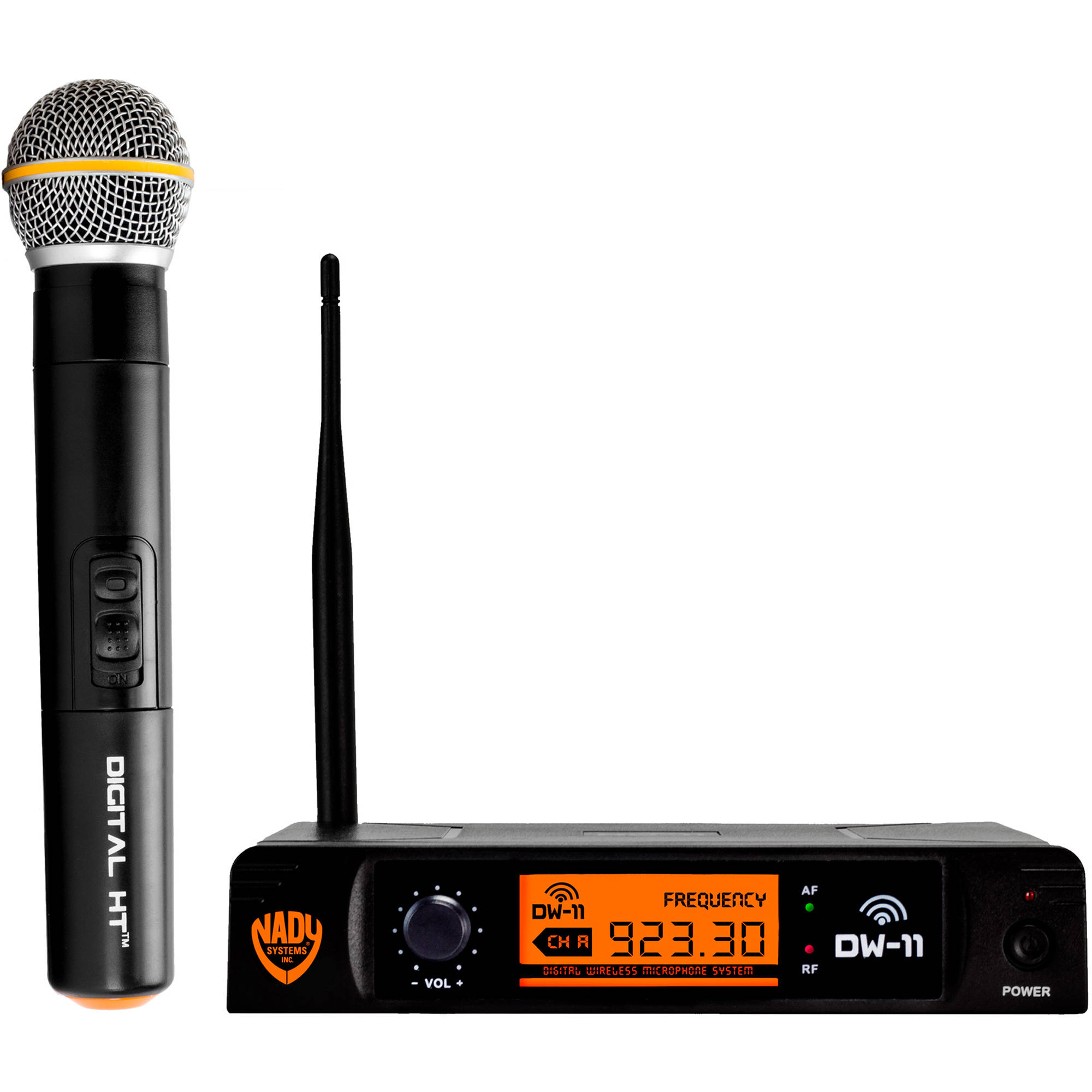
Types of Microphones for Different Events
Handheld Microphones for Versatility
Handheld wireless microphones are the go-to for events that require mobility while speaking or singing. Opt for models with a built-in transmitter for ease of use. These microphones are also comfortable for passing between speakers, making them suitable for panel discussions or audience Q&A sessions. Ensure the microphone has a rugged design to withstand frequent handling.
Lavalier and Headset Mics for Presentations
When presenters need to use their hands or move freely around the stage, lavalier and headset microphones are the best choices. Lavalier mics, also known as lapel mics, are discreet and clip onto clothing. Headset microphones sit securely around the speaker’s head, ideal for active presentations or performances. Both options should pair with a bodypack transmitter attached to the speaker’s clothing to transmit the audio effectively.

Technical Features for Enhanced Performance
Multi-Channel Capability and Mixing
Coordinating an event with multiple speakers or performers requires a wireless system that features multi-channel capabilities. This allows for several microphones to operate simultaneously without interference. Evaluate systems also equipped with an integrated mixer. This function lets you control individual microphone levels and other settings, contributing to a balanced and professional sound output.
Battery Life and Backup Planning
Nothing disrupts an event quite like a microphone losing power mid-presentation. Investigate the battery life expectancy of any wireless microphone system you consider. Rechargeable systems can offer cost savings and convenience, while traditional battery-operated microphones might provide the ability to quickly swap in new batteries. It’s wise to have a charging station or a supply of backup batteries on hand as part of your contingency plan.
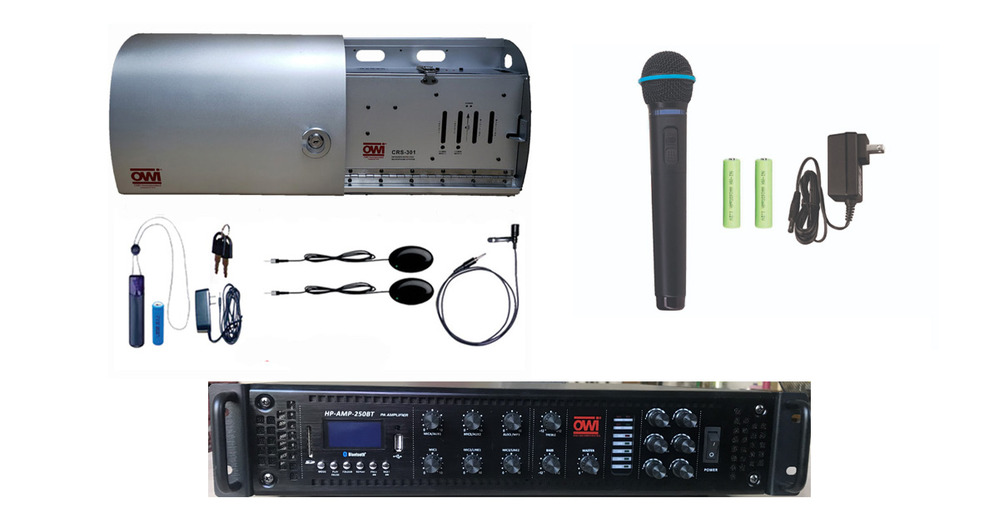
Investment and Future Use Considerations
Weighing Cost Against Features
Your budget will undoubtedly influence your choice of wireless microphone system. While more affordable options can be tempting, weigh the cost against the features and reliability. Investing in a higher-quality system from a reputable brand might reduce the need for replacements or repairs in the long run, providing better value for money.
Anticipating Long-Term Needs
Consider the long-term applicability of your wireless system purchase. If your events may grow in size or require more complex audio arrangements, choose a system that can scale with those needs. Look for options that can be added to or upgraded, such as those with additional microphone or receiver units. This ensures the system you select today can continue to meet the event demands of tomorrow.
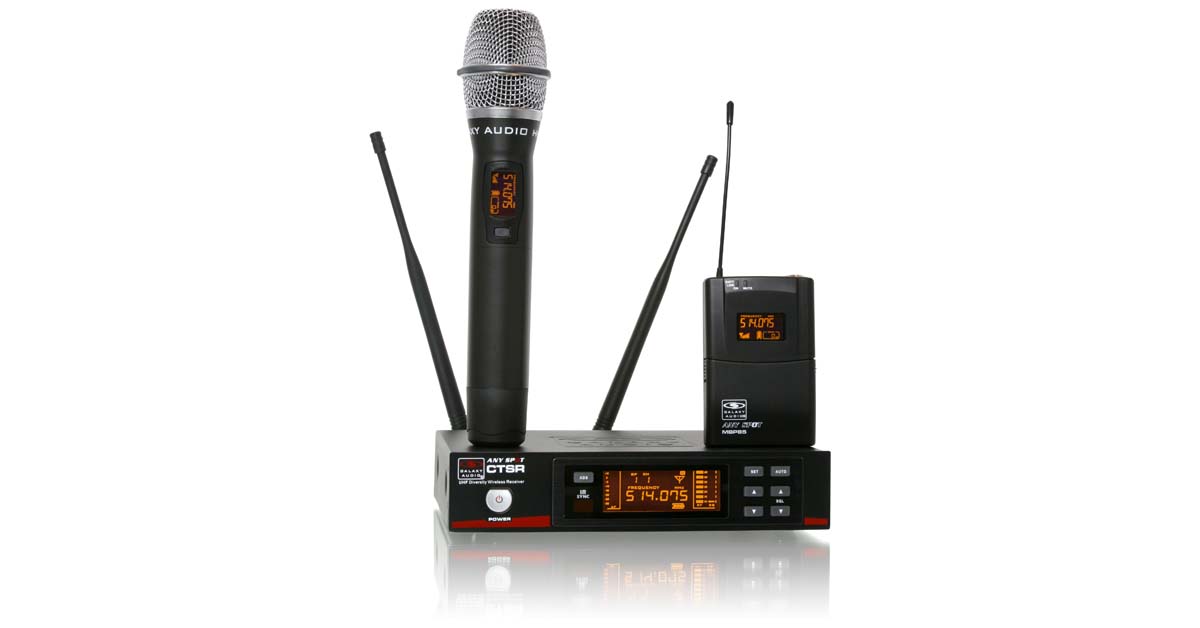
Evaluating User Comfort and Ease of Use
Prioritizing Speaker and Performer Comfort
The direct users of wireless microphones—speakers and performers—should find the equipment comfortable and straightforward to operate. For headset and lavalier mics, ensure that they are lightweight and non-intrusive, allowing the user to focus on their presentation or performance without distraction. Testing how easily users can turn handheld mics on and off, or mute them, can also prevent awkward audio mishaps during an event.
Simplified Setup for Event Organizers
For event organizers, a wireless microphone system that offers quick and hassle-free setup is invaluable. Systems that come with user-friendly interfaces and clear instructions can save precious time and reduce stress before the event begins. Compatibility with existing sound systems and the availability of customer support from the manufacturer also weigh heavily in decisions, especially for those with limited technical expertise.
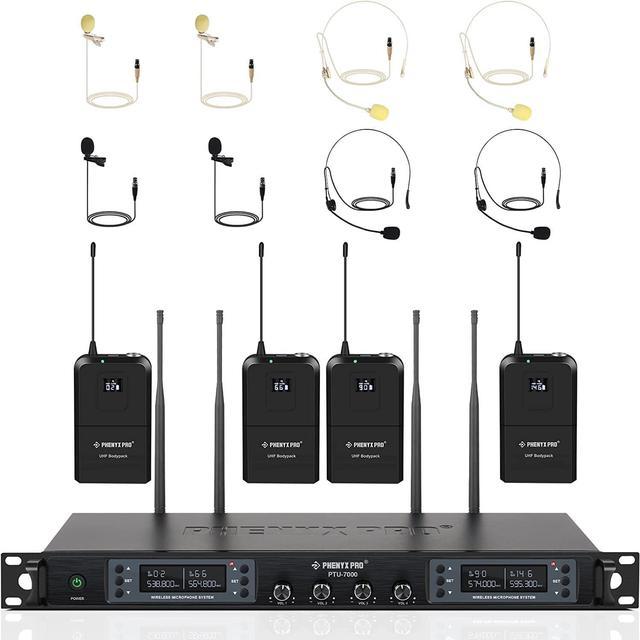
Long-Range Performance for Outdoor and Large Venues
Ensuring Clarity in Any Setting
Outdoor events, or those held in large venues, pose unique challenges for audio systems due to potential interference and signal dropouts. Selecting a wireless microphone system designed for long-range use is critical in these scenarios. Such systems should provide consistent audio quality and reliability, whether it’s for a concert in the park or a conference in a spacious convention center. Conducting a test run at the venue, if possible, can help anticipate and mitigate issues ahead of the actual event.
Adapting to Environmental Variables
Environmental factors such as wind, humidity, and temperature fluctuations can impact the performance of wireless microphones. For outdoor use, consider windscreen accessories for handheld mics and select bodypack transmitters that are weather-resistant for lavalier and headset options. Understanding the tolerances of your equipment can prevent unwanted surprises and ensure your event’s audio remains crystal clear under any conditions.
Building a Scalable and Versatile Audio Setup
Selecting Systems with Expansion Capabilities
Events tend to evolve over time, growing in complexity and scale. Investing in a wireless microphone system that offers expandability can provide long-term benefits. Look for systems that can accommodate additional mics, have multiple output options, and support various audio inputs. This foresight ensures that, as your events grow, your audio setup can adapt without requiring a complete overhaul.
Versatility Across Event Types
The ideal wireless microphone system is versatile enough to suit various event types and sizes. Whether it’s a small workshop, a medium-sized webinar, or a large-scale concert, having a system that can be customized to fit the specific audio demands of each event is highly advantageous. Evaluate systems for their range of use cases and consider those that offer different microphone types, such as handhelds, lavaliers, and headsets, as part of a comprehensive package.
Choosing the right wireless microphone system means striking a balance between performance, reliability, cost, and future needs. With the right system, you can ensure clear and uninterrupted audio that elevates the experience of any event. Keep these factors in mind when making your selection and invest in a system that will contribute to flawlessly executed events time and time again.
